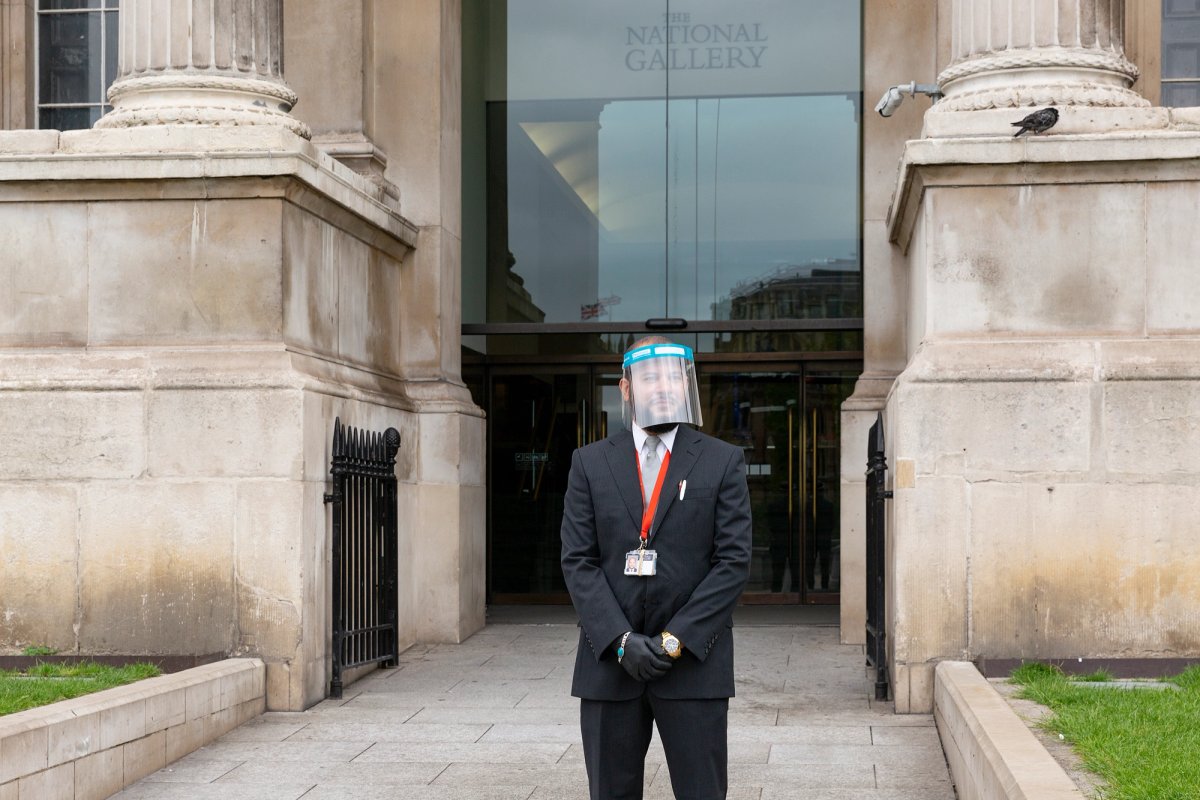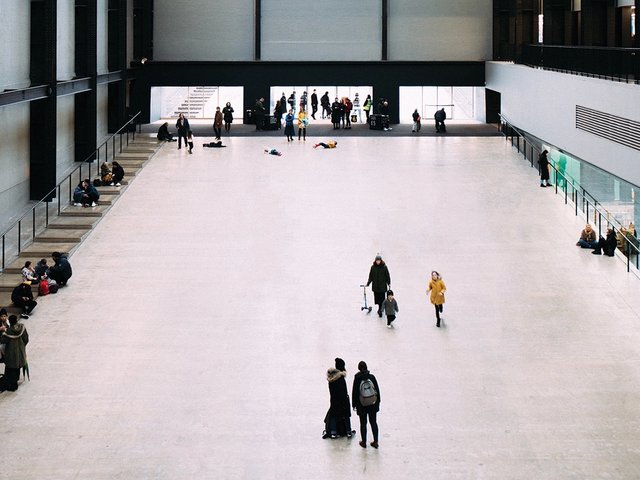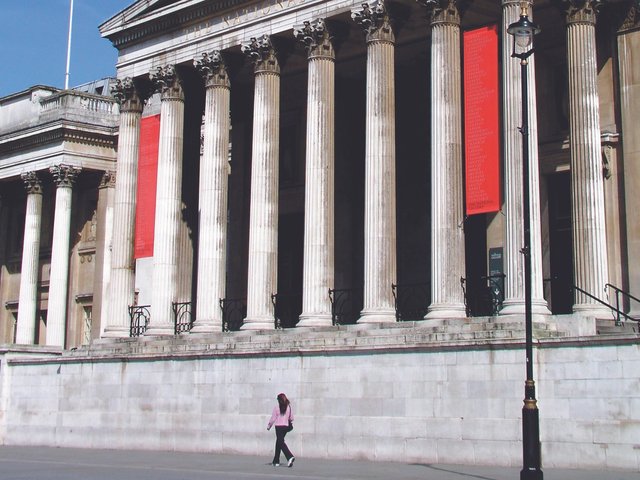How have museums changed for visitors, after the pandemic lockdown? And with the reopening of England’s museums on 17 May, will visitors return in reasonable numbers? Booking is essential, making spontaneous visits very difficult, and obligatory masks are an uncomfortable accessory. Virtual access has obviously become even more important, with museums putting greater resources into websites. But much more has changed.
Museums now realise the importance of welcoming back visitors and reassuring those still nervous of public places. Before the pandemic one’s first encounter might be a burly security guard peering into your bag, now it is more likely to be front-of-house staff helpfully pointing the way.
Most museums have temporary one-way systems. Some visitors feel comfortable with a prescribed route, thinking that it will take them past all the masterpieces, although it is frustrating for regulars. The need for one-way systems will hopefully soon recede, but it will be interesting to see whether greater emphasis is placed on suggested routes.
The pandemic has caused havoc with exhibition schedules. Most museums have postponed shows, but this has only been made possible by lenders being flexible in rearranging loan dates. Before Covid-19, this was difficult, but museums around the world have proved remarkably understanding—a hopeful sign for longer-term cooperation.
What is more disheartening is the impact of Covid-19 on the planning of future exhibitions. Ambitious shows are very expensive to mount, only being viable with very large visitor numbers. So in the coming years there will be fewer blockbusters requiring loans from dispersed international lenders. Instead there will be more modest shows, based to a greater extent on a museum’s own permanent collection.
However, what many visitors may be unaware of is the extent of the disastrous financial crisis impacting on museums. Since March 2020, England’s museums have been closed for just over half the time, and even when open they have had only about a fifth of normal visitor numbers. This has had a catastrophic effect on self-generated income (from exhibition tickets, shop and cafe proceeds, etc), leading in many cases to extensive staff redundancies.
The initial signs are that visitors are hardly flocking back to museums. On Monday, even with drastically reduced capacity, free tickets were available for most slots that day for the permanent collections of the British Museum, National Gallery, Tate Britain and Tate Modern (the Victoria and Albert Museum, now open only five days a week, is much more booked up, partly because of the reduced numbers that can be accommodated in its complicated building).
And how long will the recovery take? For the major museums in London, it will be dependent on the return of international travellers. With few tourists expected this year and a much-reduced number next year, the recovery will be gradual. Museum visitor numbers are unlikely to return to pre-Covid levels before around 2025.




